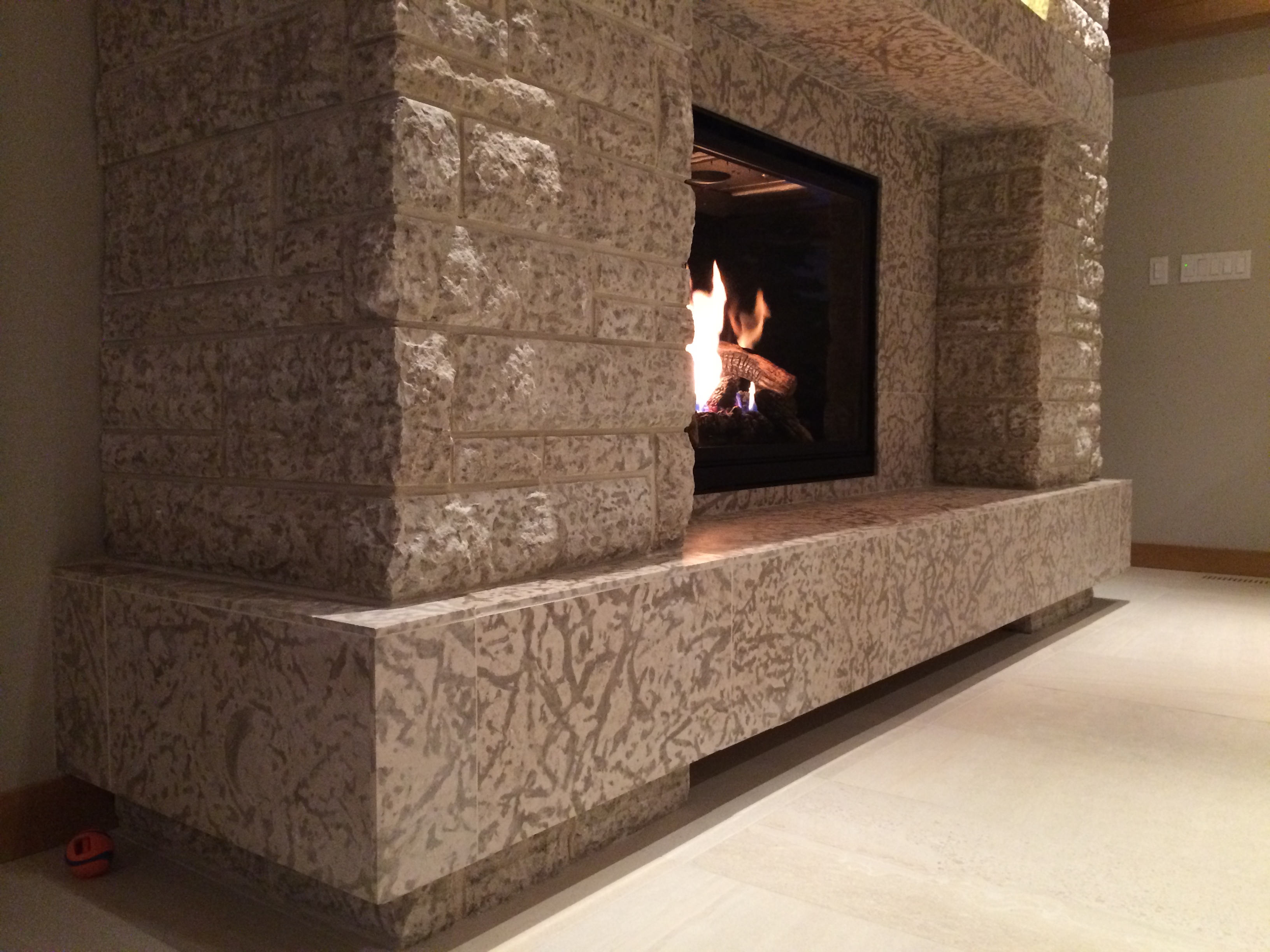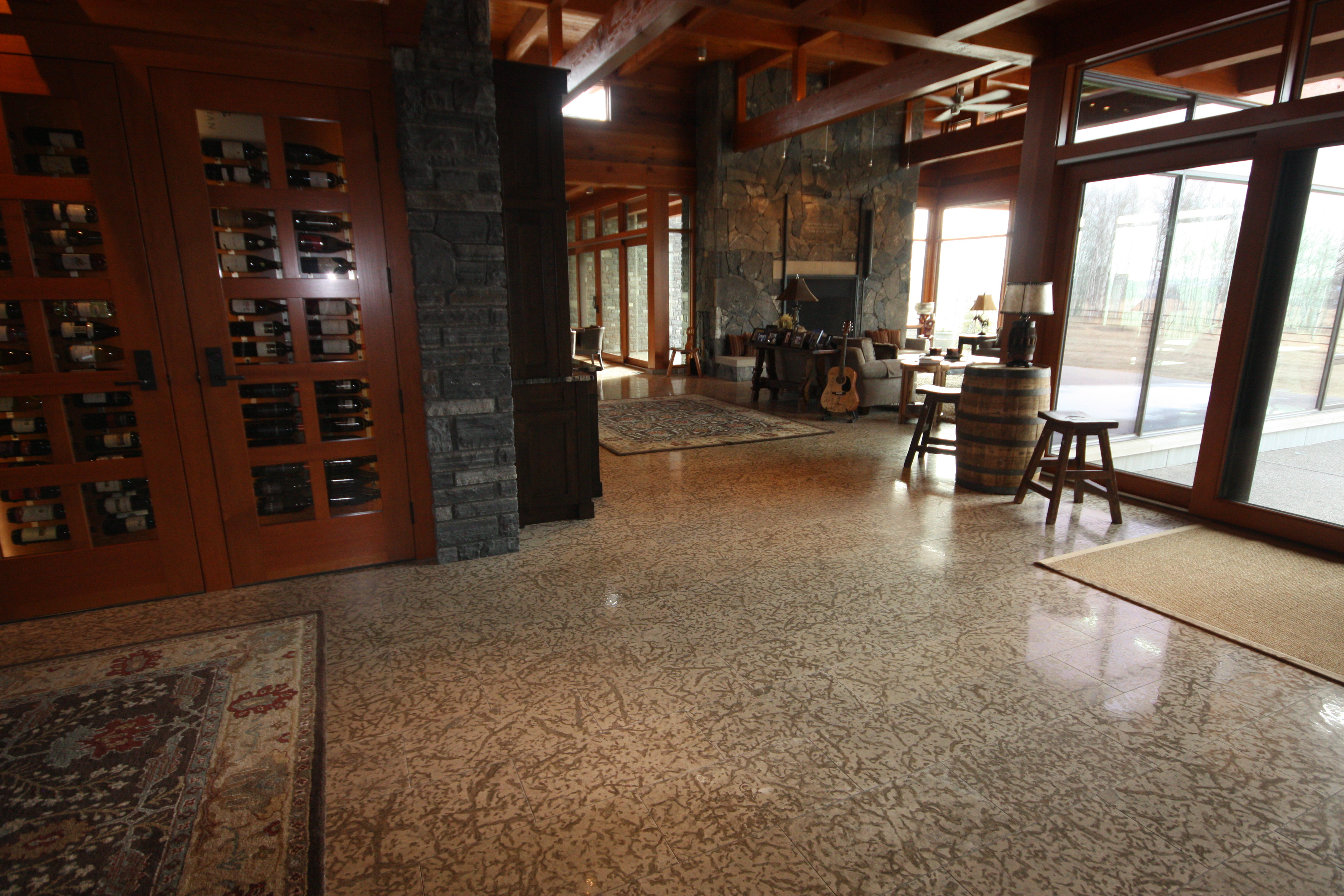450 Million Years Ago ...
I
t was the Paleozoic era and the age of Pangea.
Southern Manitoba was part of a warm, shallow inland sea, located just south of the equator. Organisms, such as corals, sponges, gastropods, trilobites and algae burrowed through the bottom of a soft, limey, muddy sea seeking food and refuge from predators; traces of their passage left behind.
The more tightly packed surrounding sediment, primarily calcium carbonate, lithified first, leaving the many burrows untouched. Later, magnesium rich waters percolated through the rock depositing dolomite in the burrows, but it could not penetrate the tightly cemented limestone.
It is the preserved, complex branches of burrows or trace fossils of these magical sea creatures that created Tyndall Stone's beautiful mottling, and that give Tyndall Stone its unique, one of a kind appearance.
Canada is the only source in the world for this stone, geologically referred to as the Upper Mottled Limestone of the Red River Formation of the Ordovician System.
Let us take you on a 450 million-year journey, bringing the history, beauty and grace of Tyndall Stone alive in its finished forms as you explore an integral part of Canada’s architectural legacy.






